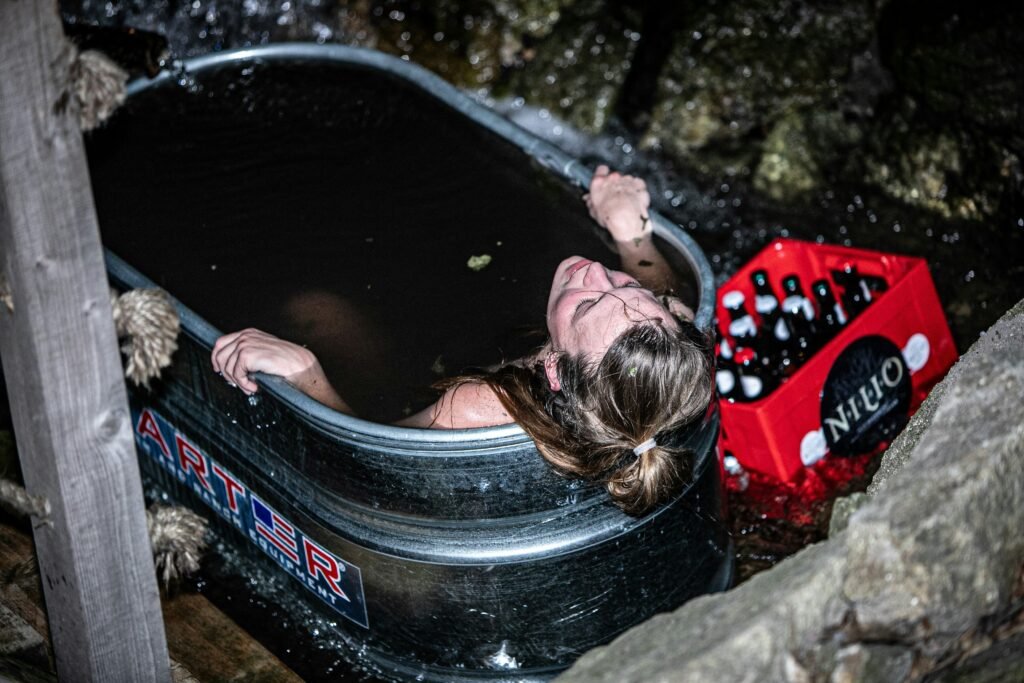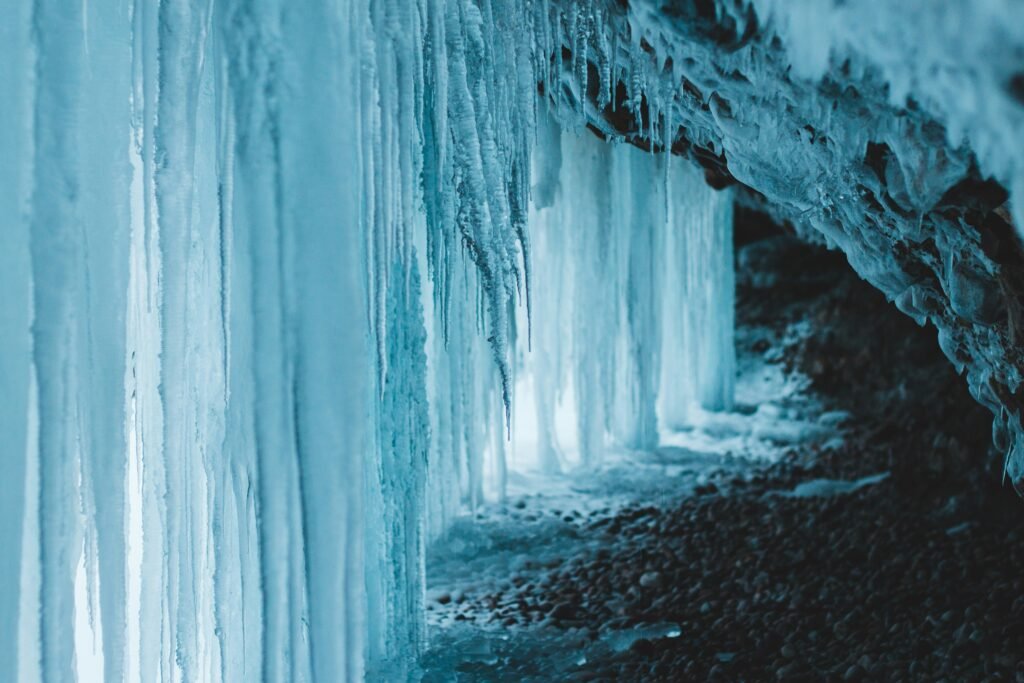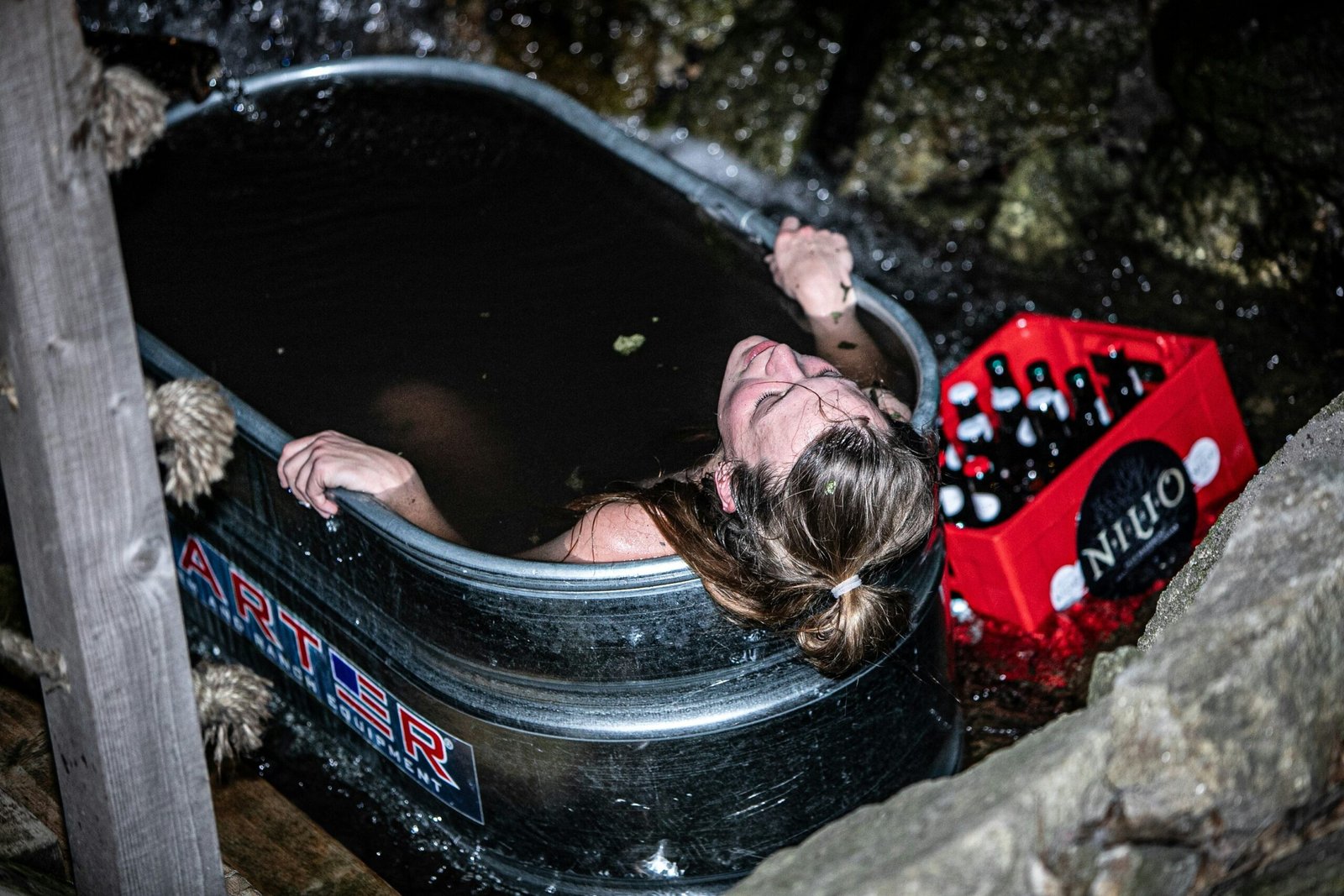Have you ever found yourself wondering how a quick dip into icy waters could impact your muscle growth and recovery? It’s a topic that seems to spark curiosity and debate among fitness enthusiasts and professionals. While we mainly think of heat for muscle recovery—like saunas and warm baths—cold plunging has gained traction for its purported benefits. Let’s unpack the connection between cold plunging and muscle growth.
What is Cold Plunging?
Cold plunging refers to the practice of immersing your body in cold water, usually at temperatures below 60°F (15°C). This can be done in various forms, from ice baths to cold showers or even natural bodies of water in winter. While the practice isn’t new, it’s been gaining a lot of attention in recent years, particularly among athletes and bodybuilders.
A Brief History of Cold Exposure
Cultures around the world have long recognized cold exposure’s benefits, from ancient Greek and Roman baths to modern-day practices in Scandinavian countries. It’s a ritual that’s as old as time, but now we have science to help us back up these age-old traditions.
Scientific Understanding
Research suggests that cold exposure can promote recovery and potentially impact muscle growth. When subjected to cold, your body undergoes several physiological responses. The short-term exposure can lead to vasoconstriction, reducing blood flow to the muscles and lessening inflammation. But what does that really mean for you?
The Physiology of Cold Plunging
When you jump into cold water, your body initiates several processes to keep you warm. Here’s a closer look at what happens:
Vasoconstriction
When exposed to cold, blood vessels constrict, reducing blood flow to the areas submerged in the cold water. This can help decrease swelling and inflammation, which many athletes seek after a strenuous workout.
Reduced Muscle Soreness
Muscle soreness often follows intense training due to the micro-tears in muscle fibers. Cold plunging can reduce this soreness, enabling a quicker return to training. Think of it as giving your muscles a tight hug to help reduce the sting.
Endorphin Release
Cold exposure stimulates the release of endorphins, your body’s natural painkillers and mood enhancers. It can give you a rush of energy and a mental boost, which might motivate you to hit the gym again sooner rather than later.
Increased Recovery Rate
Given its effects on inflammation and soreness, many individuals report feeling significantly more recovered after cold plunging. Whether you choose to plunge after your workout or on rest days, the relief it offers could be just what you need to keep pushing in the gym.

Cold Plunging vs. Traditional Recovery Methods
While cold plunging seems promising, how does it compare to more traditional methods of recovery? It helps to break it down:
| Method | Benefits | Downsides |
|---|---|---|
| Cold Plunging | Reduces inflammation, soreness, boosts mood | Can be uncomfortable, not ideal for everyone |
| Ice Packs | Targeted inflammation control | Time-consuming, not full-body recovery |
| Heat Therapy (Saunas) | Increases blood flow, muscle relaxation | May increase inflammation in some cases |
| Compression Therapy | Enhances blood flow, helps reduce swelling | Equipment needed, can be pricey |
Ultimately, it’s a balance between what feels best for your body and what you’re able to integrate into your routine comfortably.
Cold Plunging and Muscle Growth
Now, let’s get into the meat of it: how does cold plunging relate directly to muscle growth? The conversation has a couple of layers that are worth unpacking.
Muscle Fiber Damage and Repair
During workouts, especially resistance training, muscle fibers endure tiny tears. Your body works to repair these fibers, which is where growth happens. Some research suggests that extreme cold exposure immediately after exercise might hinder this repair process by affecting protein synthesis.
Timing Matters
The timing of your cold plunge can significantly influence its impact on muscle growth. If you plunge right after your workout, you might be stifling some of the natural inflammatory responses that promote healing and muscle growth. Conversely, waiting a bit longer post-workout to plunge might provide pain relief without impacting recovery negatively.
Optimal Approach
A strategy you might consider is to allow a period of time to enjoy the natural swelling and inflammation that helps muscle repair. A few hours post-workout might just be the sweet spot for a cold plunge—this way, you can enjoy the benefits without stunting your growth potential.

Mental Benefits of Cold Plunging
While muscle growth is crucial, never underestimate the mental benefits that come with cold plunging. Committing to the discomfort of cold exposure can build mental resilience. Here’s how it plays into your overall fitness journey:
Builds Mental Toughness
There’s something about enduring cold that strengthens your mental fortitude. You might find that pushing through this discomfort translates positively into your workouts and day-to-day challenges.
Improves Focus
The shock of cold water stimulates your body and can help clear your mind, making you more focused. You might walk away from your plunge feeling mentally refreshed and energized, ready to tackle your next workout with full intention.
Practical Tips for Cold Plunging
So, if you’re considering integrating cold plunging into your routine, what do you need to know? Here are some straightforward tips to get you started.
Start Gradually
If you’re new to cold plunging, begin with shorter exposures—maybe a minute or two—instead of jumping straight into a full ice bath. Your body will appreciate the gentler introduction.
Control Your Environment
If you have access to a cold plunge tub or ice bath, great! If not, a cold shower can be an excellent alternative. Just be sure the water is at a temperature that feels cold to you.
Listen to Your Body
Always pay attention to how your body reacts. Although the discomfort is part of the experience, if you start feeling lightheaded or excessively uncomfortable, it may be time to get out.
Pair with Breathing Techniques
Breathing techniques can help you manage the cold. Focusing on your breath can keep you centered and make the experience more manageable, turning a challenging moment into a meditative one.
Timing Your Plunge
Consider your workout schedule when planning to plunge. As discussed earlier, waiting a few hours post-workout might maximize the benefits while minimizing any potential negative effects on muscle growth.

Conclusion: Is Cold Plunging Right for You?
At the end of the day, the role of cold plunging in your fitness journey is very personal. It provides benefits like reduced inflammation, a boost in mood, and mental resilience. However, it also requires careful consideration regarding its timing in relation to your workouts.
Ultimately, you’ll want to weigh the benefits against potential drawbacks regarding muscle growth. Each body is different, and what works wonders for one person may not feel right for another. So, give it a try, pay attention to how it makes you feel, and adjust your approach accordingly.
Have you tried cold plunging, or are you thinking about it now? It could just be the chill you need to amp up your muscle growth and recovery.

